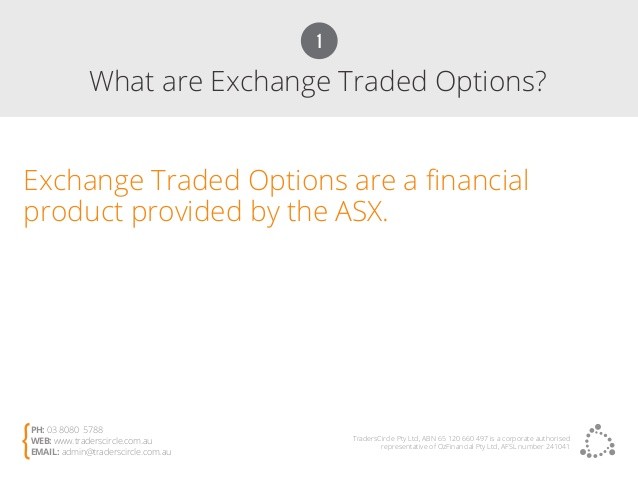Embedded Options Financial Web
Post on: 15 Май, 2015 No Comment

There are a number of reasons why investors buy preferred stock . For instance, preferreds are sometimes used to speculate on interest rates because of their relatively high sensitivity to rate changes. Many investors employ preferreds to generate a steady income. Still others use them to make option plays. Preferreds can contain several different types of embedded options (options that are part of and inseparable from the structure of another security instrument). Some embedded options benefit the investor, while others benefit the bond issuer. Some common embedded options of preferred stock are discussed below.
Call option — Stock equity is normally perpetual, which means that it has no set maturity date. Most companies that issue preferred stock want to have at least some control over its maturity so that they can either refinance the preferred with a new issue that pays a lower dividend rate if interest rates should decline, or simply retire the preferred if the funds are no longer needed.
Investors favor preferreds that have a long period of call protection, while issuers prefer short periods of call protection. Investors are compensated for short periods of call protection with higher dividend payments. Preferreds whose only embedded option is a call option are known as straight preferreds .
Cumulative option — If a preferred stock is cumulative, any unpaid dividends accrue against the preferred in the event that the company is unable to meet its preferred dividend payments. This means that before common shareholders can again receive dividends and managers receive bonuses, all of the overdue dividends must be paid to the preferred stockholders. If the stock is not cumulative, however, any dividend payments that are missed are simply forgone.
Participating option — With a participating option, in the event that the issuing company has a very good year, the preferred shareholders will also participate in the company’s financial windfall — typically by receiving an extra dividend payment. The determinants of what constitutes a very good year are detailed in the prospectus of each issue.
Voting rights option — Generally barred from the right to vote for members of a company’s board of directors, preferred shareholders that have this option are granted voting privileges if and only if the issuer is behind on its dividend payments. The preferred holders get these voting rights in order to protect their interests. Sometimes they’re granted enough votes to effectively seize control of the company — but again, only if a dividend payment is missed. The details of any voting right options are also found in the issue’s prospectus.

Convertible option — Many preferred issues offer investors the right to convert their preferred stock into a fixed number of shares of the company’s common stock. This gives investors the opportunity to participate to some degree in the appreciation of the company’s common shares. The trade-off is that convertible preferreds offer a lower dividend yield. The difference in yield is what pays for the option.
Exchangeable option — Some preferreds provide the issuer the right to exchange the preferred stock for a more senior debt issue. For example, a company with a large tax loss carry forward might elect to issue preferred stock because issuing equity instead of debt would strengthen the company’s balance sheet. Additionally, the company can’t make use of the interest expense deduction — one of the primary benefits of issuing debt securities — due to its current tax situation.
$7 Online Trading. Fast executions. Only at Scottrade














